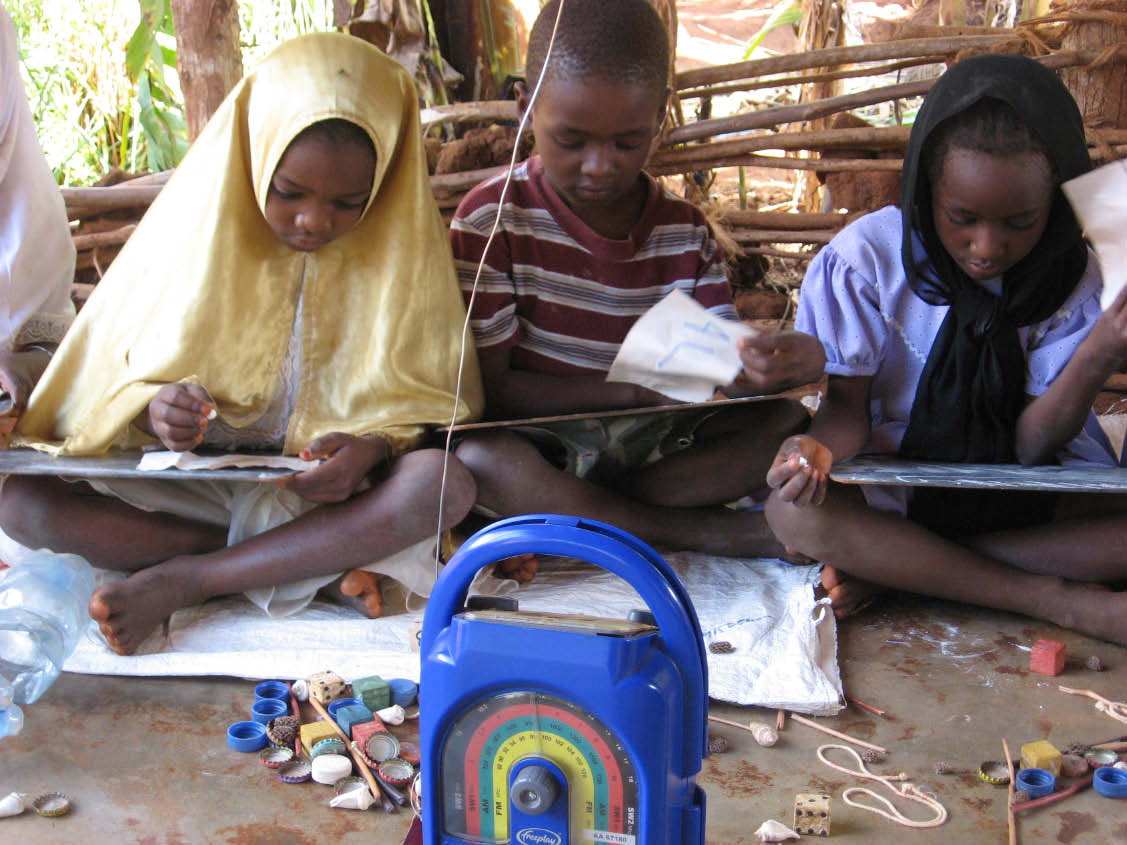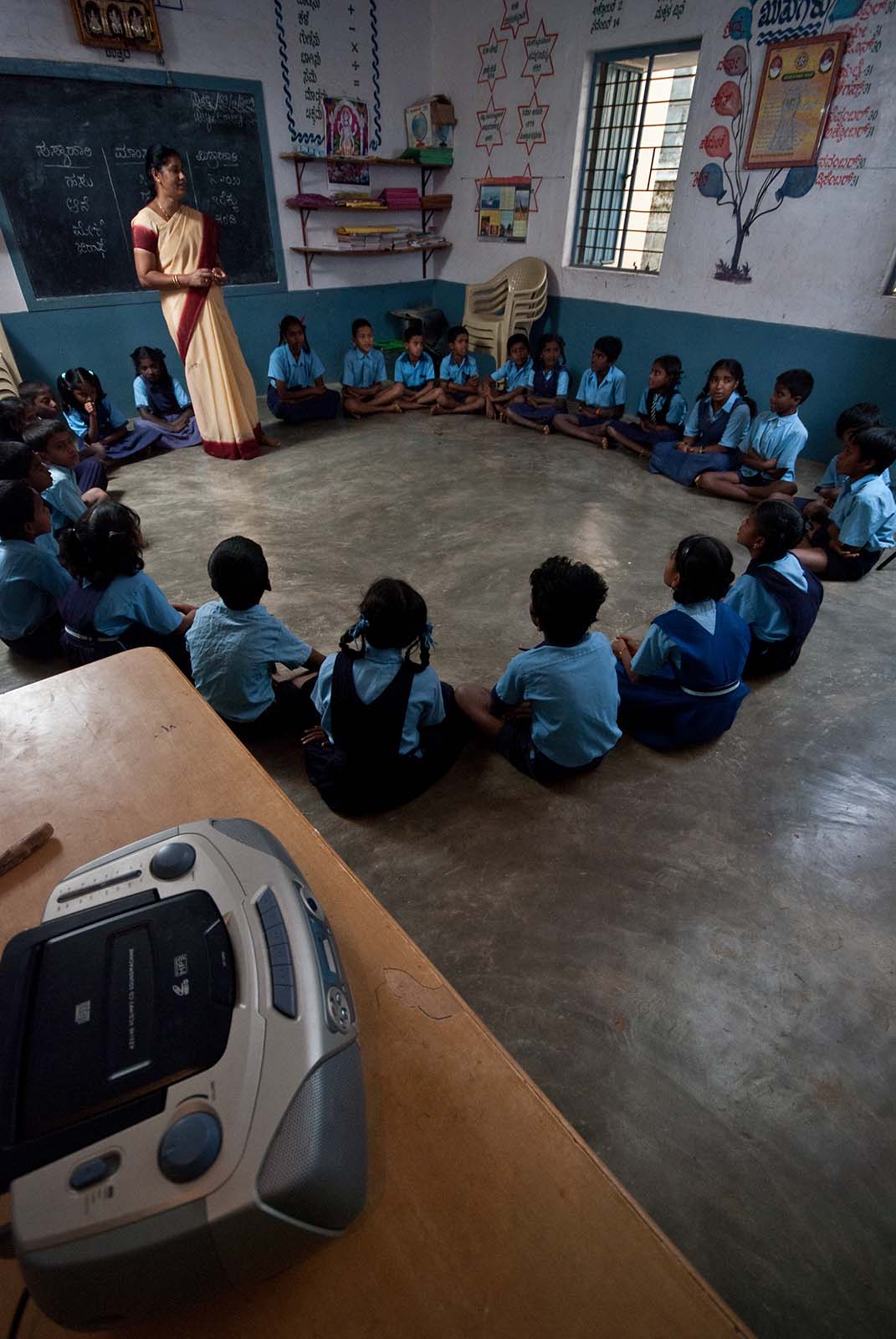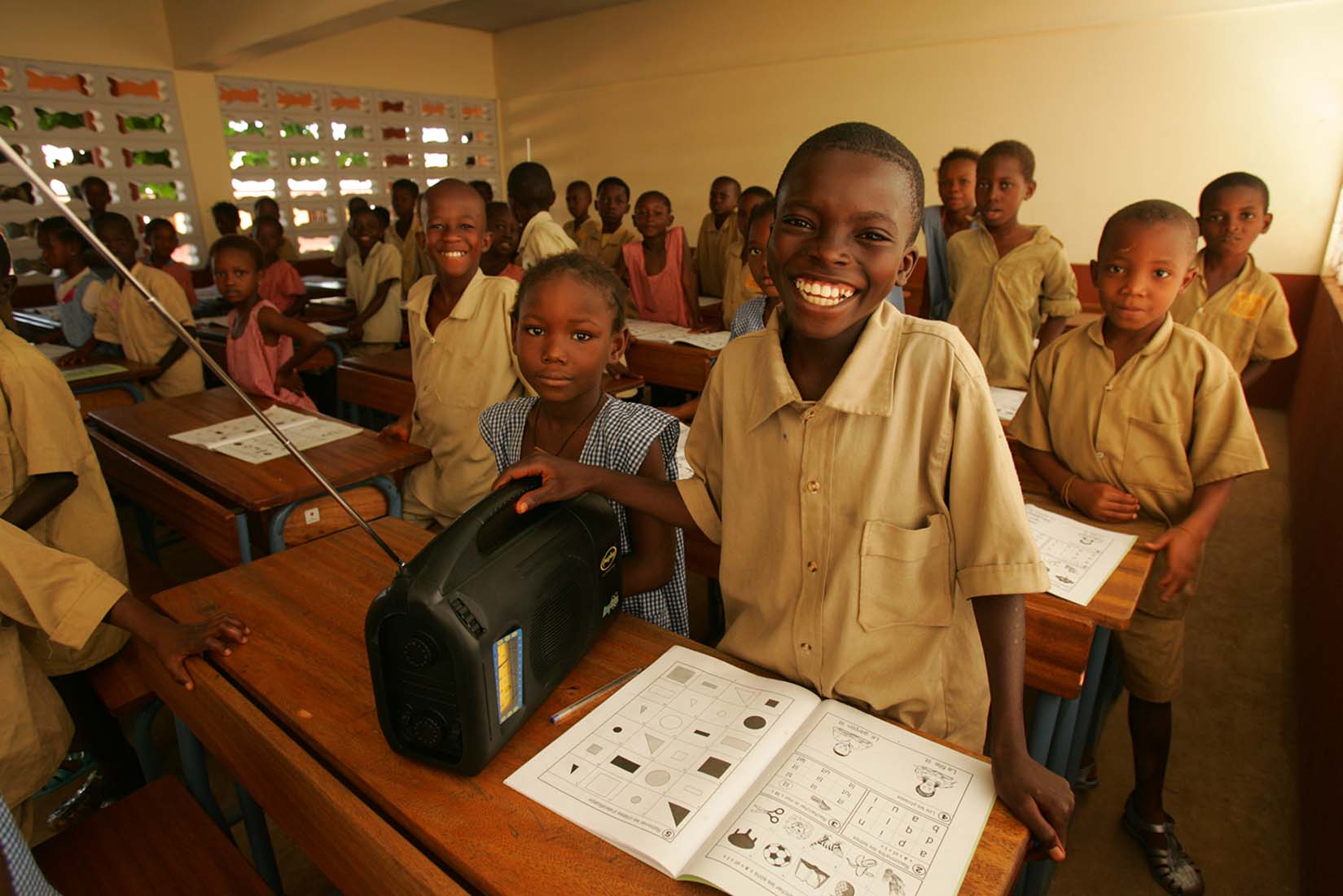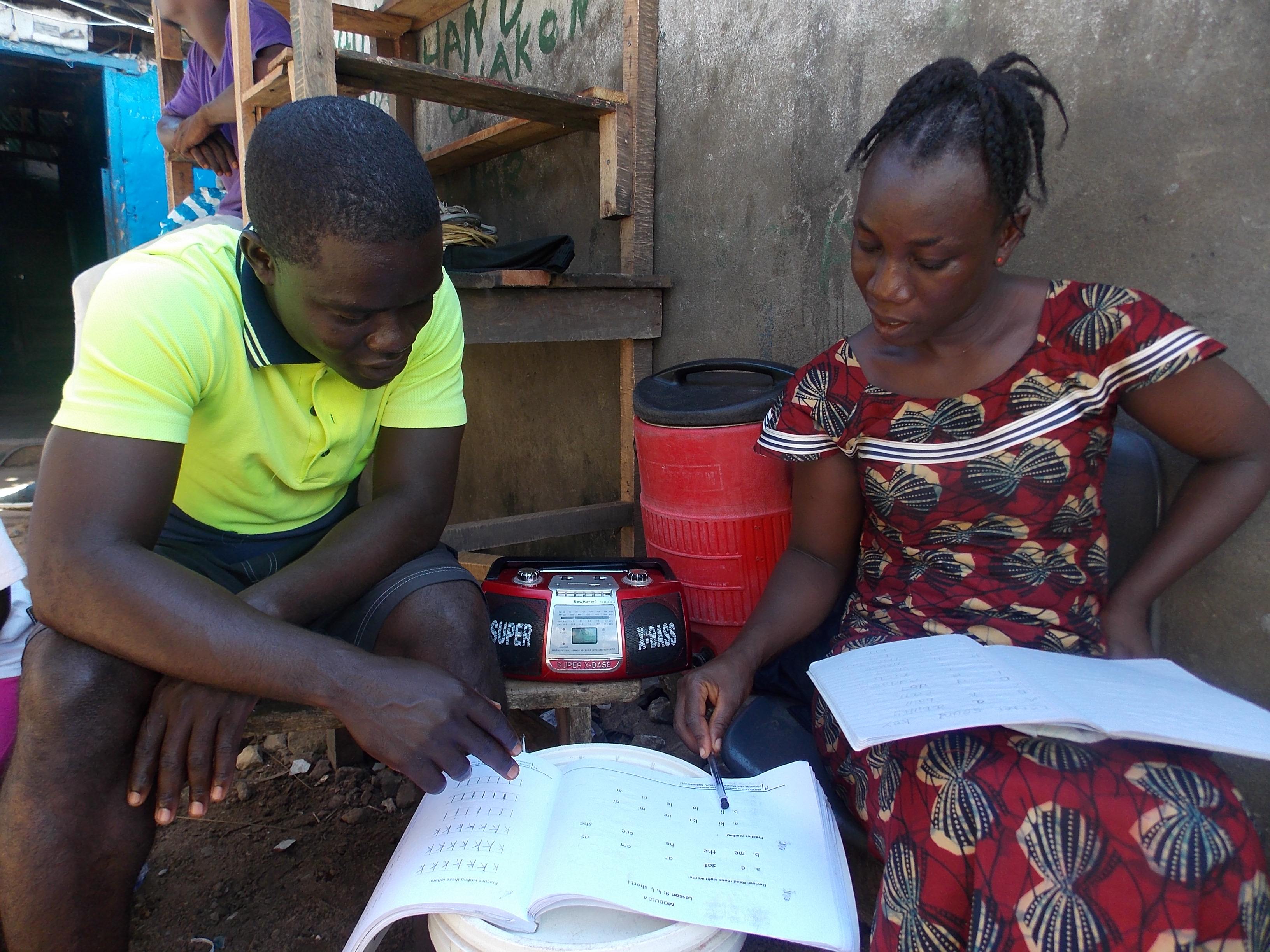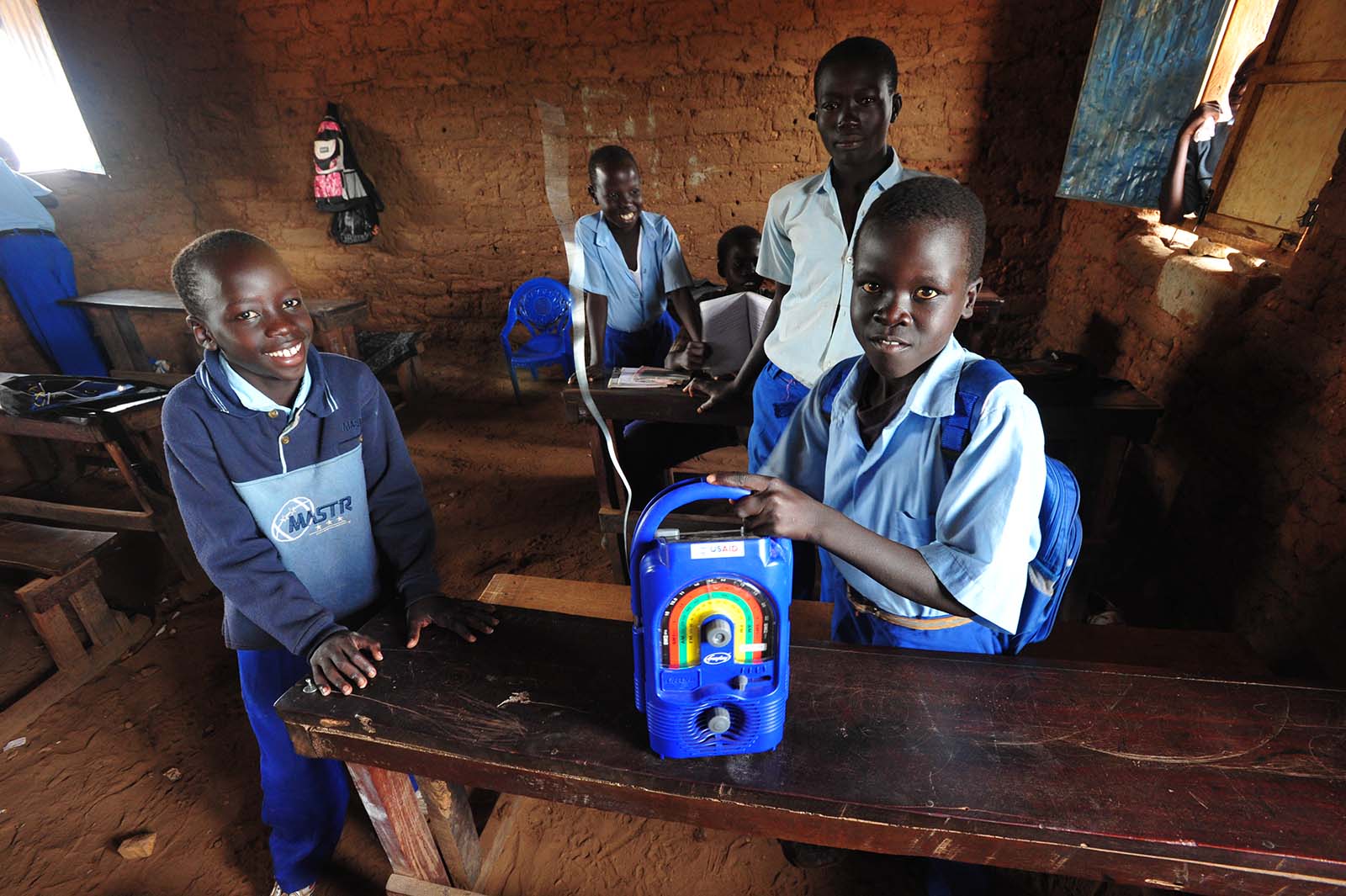Making Waves
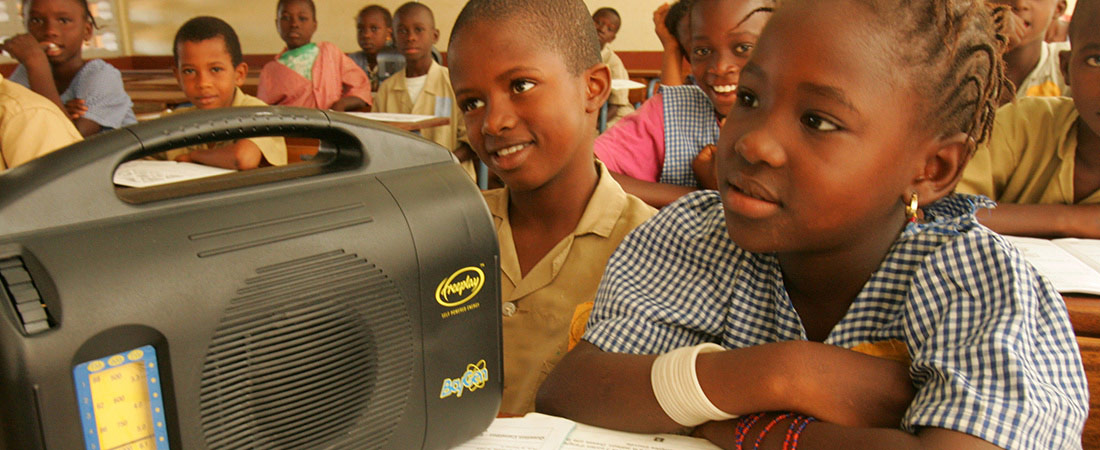
EDC’s Steve Anzalone didn’t grasp the full potential of interactive radio instruction (IRI) at first. Then he saw a video of IRI being implemented in a classroom in Nicaragua, and everything changed.
“A light bulb went on in my head,” he says. “The whole dynamic of classroom instruction changed; the class went from being dead to being alive. I realized that if the programming was lively and well thought out in terms of instructional design, it could have a huge impact. That light bulb has stayed on for 30 years.”
Since EDC’s first IRI project in Papua New Guinea in the early 1980s, Anzalone has been on a mission to use IRI and IAI (interactive audio instruction) to deliver high-quality educational programs in poor, rural, and conflict-affected regions around the world.
The waves of this work have reached four continents. Among those reached? Preschoolers in rural Paraguay, orphans in Zambia, and nearly 40 million students and teachers in India.
Anzalone says that even now—in an age where mobile phones are becoming more prevalent, and the Internet is more widely available—he has yet to see any technology-based educational intervention that is as effective as radio at reaching large groups of learners.
“Radio emphasizes active learning and participation like no other methodology,” says Anzalone. “When the radio goes on, all students want to listen. It’s universal.”
February 13 is World Radio Day. Follow EDC on Twitter and Facebook to learn more.
